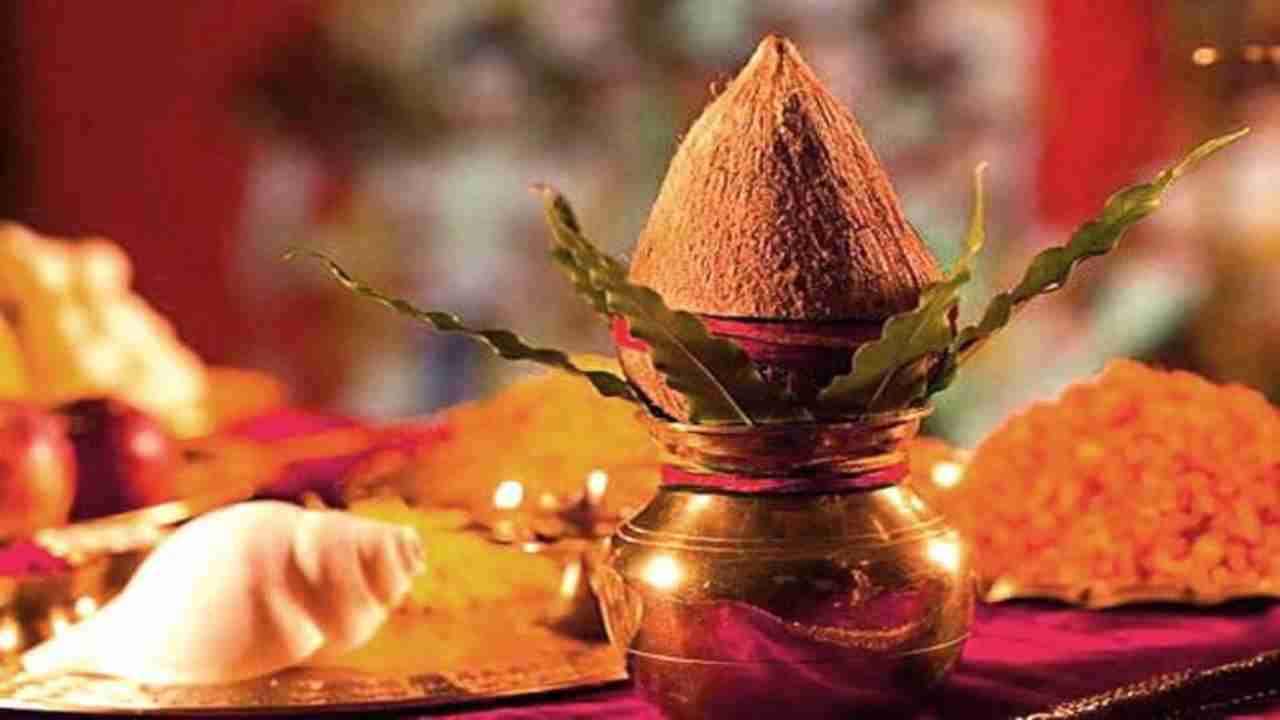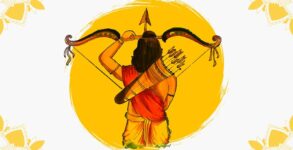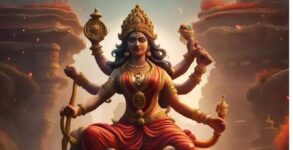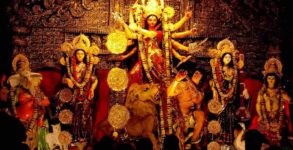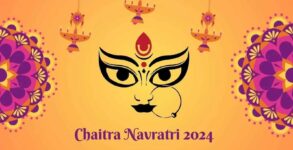Navratri 2021: Do you know that apart from the usual rituals, following certain dos and don’ts during Navratri can help you attract health and wealth?
Navratri starts on October 7 this year. Navratri is a major Hindu festival celebrated throughout most of India and marks the arrival of the Goddess Durga, through different avatars in our homes. Durga, who is also known as Kali and Shakti represents female power and emancipation.
This year, the Sharadiya or Sharad Navratri would commence on October 7th and would last until October 13th, followed by Vijaydashami on October 14th. In the following 9 days of Navratri, the worshiping of the nine forms of Goddess Durga- Shailaputri, Brahmacharini, Chandraghanta, Kushmanda, Skandamata, Katyayani, Kalratri, Mahagauri and Siddhidathri must be adhered as per the divine law mentioned in sacred scriptures.
Every day during Navratri, the dedicated manifestation of Goddess Durga is worshiped in a specific manner, which includes the color of the attire you wear.
Navratri 2021: Durga Puja Muhurat, date, time and importance of nine sacred days
Don’ts during Navratri
Hair cut during Navratri: Ideally, one should not get a haircut or shave during Navratri . It is said that this angers Goddess Durga and invites her wrath. If you have work commitments, then you can probably give yourself a shave a couple of times, but avoid getting your haircut, or cutting nails should be abstained in the fasting time. Also, Organizing a mundan ceremony for your child in this period is a big NO.
Non veg food during Navratri: Almost everyone knows that one should not eat garlic, ginger and even onions during this period, apart from completely abstaining from non veg food and alcohol. However, do you know that slicing a lemon too is considered inauspicious during Navratri? If you need to, you can use lemon juice brought from the market, even garlic and onion is strictly prohibited.
Sleeping Habit during Navratri: You can’t obviously give up sleeping for nine days, but one should avoid sleeping in the afternoon during this time. This is especially true for those who are fasting, since it is said that if you sleep during the daytime during Navratri (at a time when you should be up and about), then all the “good karma” obtained from the fast goes null and void. Avoid.
Avoid wearing slippers in the Puja room: Do not wear slippers in the house if possible for all these 9 days or avoid getting into the puja room wearing one.
Alcohol is also forbidden during these nine days
Use rock salt, not the table salt during this fast.
Do not eat one full meal before sunset, if you are fasting.
Do not keep your home dirty, especially the kitchen and temple area.
Avoid stitching or knitting during the ten-day period.
Do not study on the ninth day of the festival. Instead, put all books and other gadgets near the goddess and seek her blessings.
Do’s during Navratri
Take small meals on Navratri Days: If you are not observing fast, eat small meals throughout the day. Of course keep your portions small and do not eat like you would normally eat on a non-fasting day. However, do not wait for the sun to set to have that one large meal. Divide your meals into small bits and have them throughout the day.
Recite the mantras and slokas of Maa every available minute with you: Reciting slokas or chapters from Durga Saptashati will attract peace, wealth and prosperity to you and your family. Earnestly praying to the Goddess Mother will cleanse your Past Karma and bring happiness and prosperity to your life.
You must try to take a bath before 8 am every morning.
During the festive season, it is advisable to eat sattvik food and have a meal only once.
It is suggested to visit the Durga temple every morning and evening. If visiting a temple is not possible, then a lamp should be lit and flowers must be offered twice.
After taking a bath, always wear fresh/new clothes instead of old, discarded ones.
Avoid the colour black during the festive season.
Recite mantras and slokas for the Goddess throughout the day.
Kanya Puja is a sacred tradition which should be performed at least on the eighth and ninth day.
If you are on one meal fast, have a full meal only after sunset.
Keep yourself and the place of Puja clean. It is believed that the Goddess Durga visits every home during the puja time in these nine days.
During Puja, in the morning and evening recite Durga Saptashati.
According to a belief, a person who is observing a fast should sleep on the ground, and he must follow Brahmacharya
During Navratri, every day has different colors according to the form of Devi, so try to offer sarees of that particular color on that specific day.
Use rock salt and not the regular refined salt.
Reach out to those in need and be compassionate. Offer prays to the nine different forms of Durga (Nav Durga) during these nine days.
Fasting Dos During Navratri
- Wake up early in the morning; after taking a bath, sprinkle some water near the front door as it is believed that Goddess Durga is pleased to see a clean home.
- Light Akhand Jyoti in front of the goddess for all nine days while you are fasting.
- Eat Satvik food only once throughout the day.
- Read Durga Chalisa every morning and evening as you light the diya.
- Offer only homemade bhog to the deity; if that is not possible, offer fresh milk and fresh fruits.
- Offer small gifts or food to at least two small girls, preferably girls less than ten years old, as it is believed young girls are avatars of goddess Durga.
- Pray earnestly to the goddess to bless you with happiness and prosperity.
Fasting Don’ts During Navratri
- Do not eat one full meal before sunset, if you are fasting.
- Avoid alcohol consumption during this period.
- Do not eat bitter and non-vegetarian food.
- Your food shouldn’t have onion and garlic in it.
- Do not keep your home dirty, especially the kitchen and temple area.
Navratri fasting food list
What To Eat
Grains and Flours: Singhade ka Atta, Kuttu ka Atta, Rajgira,sama ka Atta, Sama ke chawal, Sabudana, Phool makhana, etc. can be used
Nuts: All kinds of nuts are allowed to be consumed during fast.
Spices: Rock Salt, Black Pepper, Cardamom, Cumin powder can be used
Seasoning agents: Green chilies, Ginger root, Coriander leaves, Lemon juice
Fruits: All kinds of fruits are allowed. Seasonal fruits are best to consume during fasting.
Raw sugar, Jaggery, Honey, Or regular sugar can be consumed during Navratri fast.
Milk, curd, coconut powder, grated coconut can be consumed
When To Break Navratri Fast?
After nine days of fasting, when you break your fast, you need to take care of a particular thing. After the pooja of the ninth day, some people break their fast on Vijayadashami. While some people even observe the fast of Dashami.
- When you break the fast, don’t plunge on food.
- Some people prefer to break the fast with fruit juice
- Begin with simple and light food for the first two days
- Try having a leafy salad with curd
- Eat-in small portions after every 3-4 hours
- Keep yourself hydrated
- Navaratri is a chance to re-energize your life with a vital Shakti element. Chant the Navdurga Stotra, along with Durga Chalisa to seek Devi’s blessings.

